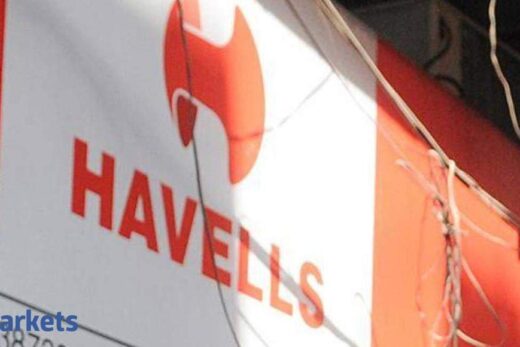Higher spending is needed to contain the toll on the economy due to lockdowns in the second wave of the pandemic. His suggestions to spend on income support for the rural poor, for industry (particularly micro, small and medium enterprises in stressed sectors) and for public investment make eminent sense. A recent report by India Ratings and Research says that despite a normal monsoon, rural demand will be muted this fiscal. Non-farm activities that require human contact have declined. Rightly, it reckons that employment offered under the Mahatma Gandhi National Rural Employment Guarantee Scheme in rural areas may be less effective, if breadwinners contract the virus. Given that non-farm income comprises more than 60% of rural income, the case for income support schemes to spur rural demand is compelling. Such demand would prove crucial for sustaining growth in consumer good industries and their upstream supply chains. Investment in healthcare is an obvious priority. Upfront payments for large-scale vaccine procurement, while a consumption expenditure in accounting terms, would lead to investment in additional capacity for vaccines and vaccine ingredients. Investment in medical oxygen production will both alleviate distress and create industrial demand. Ditto for building new primary healthcare facilities across the country.
What about the fiscal deficit? India is a young, growing country, and growth will generate the resources to pay off debt. The point is to feed and sustain growth.



